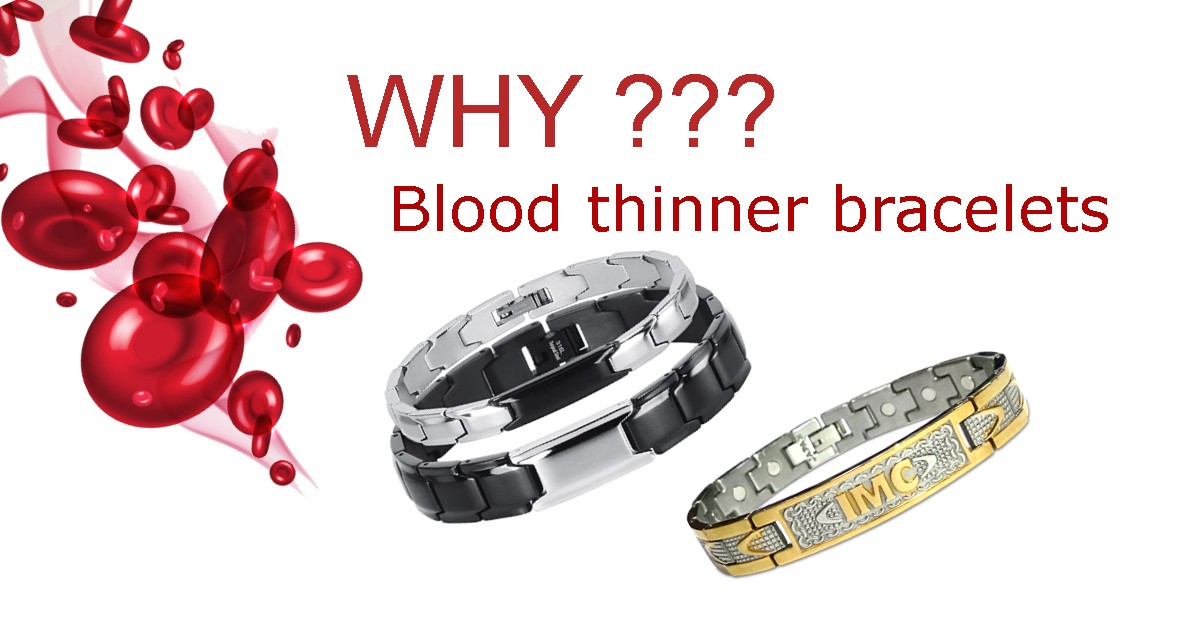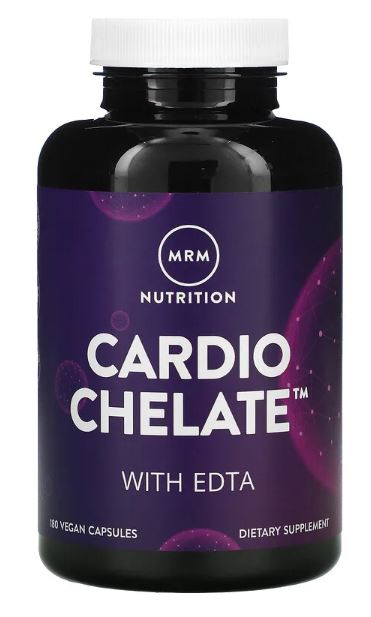Bracelets come in many shapes and forms. Some are a wedding gift, anniversary gift, or a gift to ask for forgiveness. Then you have your ornate bracelets worn for the beauty of it, or for the sentimental value of it. A well-known bracelet is the one worn to tell paramedics whether you have a medical condition such as asthma or diabetes. These bracelets also inform paramedics whether you are on blood thinner medication, or have a blood condition.
There is such a wide variety of bracelets you can choose from that you are sure to find one that suits your personality and needs. You can even get yourself more than one bracelet so that it suits any and every occasion. Popularly referred to as ICE bands, which of course stands for ‘In Case of Emergency’, you can engrave your medical conditions on it, along with the name and contact information of your emergency contact. If you are on a blood thinner and you are involved in an accident, then this is extremely important information for the paramedics to know. Even people trained to be first aid responders knows what to do with this information.
You can get a blood thinner bracelet in the form of a silicone band with an engraved stainless steel plate, or you may opt for the popular nomination bracelet which you can then get a specialized insert made. There is the original blood thinner bracelet which is simply a tag with a chain, both made from stainless steel or silver.
But here is the question; should you only wear an ICE band if you have a medical condition such as being on blood thinners? The answer is a resounding no. Think about it. Whenever you go outside of your house, you are in danger of something happening to you. You could get into a motor vehicle accident, or get hit by a car as you’re crossing the road, or get hit by a stray meteorite! All jokes aside, the paramedics need to know who they are treating, who they can contact, and what medical conditions you may have. This is one bracelet that everyone should be wearing, especially children.
Many people are uncertain of what they should put on their bracelet. Think about the questions any doctor or hospital will ask you in case of an emergency. They will want to know your name and surname, they will want to have an emergency contact number, they will want to know of any medical conditions such as being on blood thinners or asthma, and they will want to know your medical aid details. It seems like a lot of information for a bracelet, but that is what makes engravers so wonderful. If you do have any other pertinent information you feel should be included, then do so. Your blood type is normally a good one to add, especially if you have a more rare type of blood.
Why is it so important, though? Let’s take a scenario as an example. You are involved in a motor vehicle accident and you have sustained a serious head injury. The first responder gets there and puts pressure on the wound. Finally the sound of the ambulance siren is heard, and the paramedics take over. They see that you are in critical condition and that you need to get to a hospital as soon as possible. But in order to stabilize you for transport and to fill in as much information on your transport chart, they need details. This is where your blood thinner bracelet comes in. They can immediately identify that you have a blood condition and that you are on blood thinners. Therefore they cannot give you heparin or any other anticoagulant, or you will bleed out in minutes. They can now see on your bracelet that you are perhaps allergic to penicillin, so you must be using another form of blood thinner medication. Next they can see who to call to let them know that you’ve been in an accident and that they are taking you to the hospital. Now they see that you are blood type AB+, which means that they need to inform the hospital that they need to make sure that they have AB+ blood available for surgery.
It is worth mentioning that blood must be kept in a good condition. Watch the video below in one of the products we tested. You can also check natural blood thinners post to see how other products impacts on our blood condition.
Blood thinner pills vs blood thinner bracelet
But what if you do not have a bracelet or do not want to wear a bracelet? Then question come to being blood thinner pills vs blood thinner bracelet. Well, you could always have your blood thinner pills with you which will also be a clear indication to someone helping you that you have a blood condition or a heart condition. The most common blood thinner pills that are prescribed is Warfarin, Heparin, Enoxaparin, Xarelto, Eliquis, and Savaysa. Here’s to hoping that whoever is helping you knows what they’re looking at when they look at your bottle of blood thinner pills. Personally I know Warfarin, because that is what the doctor prescribed my father in law. I also know Heparin, because that is the go-to on every medical show when they shout out to ‘give the patient 1mg of Heparin, stat!’ If they don’t know what they are looking at, they may give you a blood thinner by mistake thinking that they are saving your life, while in actual fact they are killing you faster. The fact of the matter is that a blood thinner bracelet is simply better than just carrying your blood thinner pills with you, as most people will not know what they are looking at. An innocent bystander might think that you simply need one of your pills to make you better, and end up making things much worse by thinning your blood too much. If you are conscious and able to realize that you simply need a blood thinner pill, then that is a different story. But this scenario leans more towards the emergency case where you are unable to communicate your medical history and needs.
Blood thinner shot vs blood thinner bracelet
What about blood thinner shots? This gives us much the same scenario as with the blood thinner pills, as people might confuse it for an insulin shot that needs to be taken by a diabetic. Paramedics will more readily be able to identify a blood thinner shot, as it is a low molecular weight heparin. The problem with blood thinner injections is that it can make an injury look like something else entirely, such as vomiting up blood or severe bruising. Another thing you need to take into consideration is that you will not always have a blood thinner shot with you, as it is not something as permanent as a blood thinner pill.
What it comes down to is that it is best to wear a blood thinner bracelet with your details on it. Paramedics can then safely determine the viscosity of your blood and see if you need blood thinner medication, or how to treat any other injuries. They can safely determine whether you might have had a heart attack or a stroke, and have reasonable belief that it might be because you have not taken your blood thinner pills or your blood thinner shots. If you really despise wearing a bracelet, you can even go the route of dog tags worn around the neck. The point is that something can happen to you at any time, and your health should be your main concern. There is not a single school or business anywhere in the world that prohibits the wearing of an ICE bracelet, due to its importance. Blood thinner pills and blood thinner shots should be with you at all times if you have a blood condition, but once the penny drops, you cannot depend on those alone to make sure that you get the best medical attention available to you.

